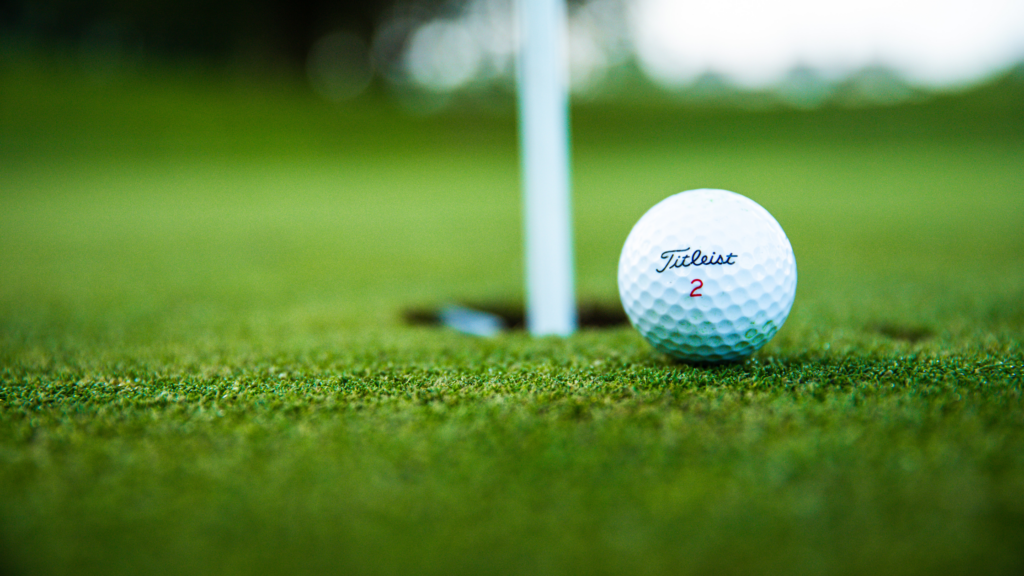Golf, a sport renowned for its leisurely pace and strategic gameplay, offers a multitude of benefits for physical and mental well-being. However, like any physical activity, golf carries its own set of risks, particularly for the lumbar discs. The repetitive motion of swinging a golf club, coupled with the rotational forces exerted on the spine, can contribute to wear and tear on the lumbar discs over time. Understanding the impact of golf on lumbar discs and implementing strategies to lessen its negative effects are crucial for golfers looking to enjoy the sport for a lifetime.
The lumbar discs, located between the vertebrae in the lower back, act as shock absorbers, providing flexibility and support to the spine during movement. The golf swing, with its complex sequence of movements involving rotation, extension, and flexion of the spine, places significant stress on these discs. Over time, this repetitive stress can lead to degeneration, herniation, and other disc-related injuries.
Lumbar Disc Pain While Playing Golf
One of the primary contributors to lumbar disc pain in golf is poor swing mechanics. A faulty swing technique can exacerbate stress on the lower back, increasing the risk of injury. Golfers should prioritize proper biomechanics and seek guidance from a qualified instructor to ensure they are using correct form throughout their swing. This includes maintaining a neutral spine angle, engaging the core muscles, and avoiding excessive twisting or hyperextension.
Additionally, it’s essential for golfers to prioritize flexibility and mobility in their training regimen. Tight muscles, particularly in the hips, hamstrings, and lower back, can limit the range of motion during the golf swing, placing greater strain on the lumbar discs. Incorporating stretching exercises, yoga, or Pilates into a regular fitness routine can help improve flexibility and reduce the risk of injury.
Furthermore, strengthening the muscles that support the spine is crucial for protecting the lumbar discs. Exercises targeting the core, including the abdominals, obliques, and lower back muscles, can help stabilize the spine and reduce the load placed on the discs during the golf swing. Strength training exercises such as planks, bridges, and rotational exercises can be beneficial for golfers seeking to strengthen their core muscles.
In addition to proper technique and physical conditioning, equipment modifications can also play a role in lessening the impact of golf on lumbar discs. Choosing the right clubs, particularly those with shafts and grips suited to individual biomechanics and swing characteristics, can help optimize performance while minimizing stress on the lower back. Golfers should also ensure their equipment is properly fitted to their body size and swing mechanics to avoid compensatory movements that can lead to injury.
Moreover, golfers can benefit from incorporating rest and recovery strategies into their routine to prevent overuse injuries and promote tissue repair. Adequate rest between rounds and practice sessions allows the body time to recover and adapt to the physical demands of the sport. Additionally, incorporating modalities such as massage, foam rolling, or cold therapy can help alleviate muscle tension and soreness, enhancing overall recovery.
Modifications and Prevention Techniques
While golf can be a lifelong pursuit for many enthusiasts, modifications may be necessary as individuals age or experience physical limitations. Adapting the game to accommodate changes in mobility or strength can allow golfers to continue enjoying the sport well into their later years. This may involve using lighter clubs, employing a shorter backswing, or utilizing assistive devices such as golf carts or pushcarts to reduce the physical strain of walking the course.
Furthermore, exploring alternative forms of golf, such as modified formats or shorter courses, can provide opportunities for individuals with mobility issues or chronic conditions to remain active and engaged in the sport. Par 3 courses, executive courses, or even indoor golf facilities offer options for golfers seeking a less physically demanding experience while still enjoying the social and recreational aspects of the game.
While golf offers numerous benefits for physical and mental well-being, golfers need to be mindful of the potential impact on lumbar disc pain and take proactive steps to mitigate the risk of injury. By prioritizing proper technique, physical conditioning, equipment selection, and modifications as needed, golfers can enjoy the sport for a lifetime while minimizing the strain on their lower back. With careful attention to these strategies, golfers can continue to tee off with confidence and preserve their enjoyment of the game for years to come.

